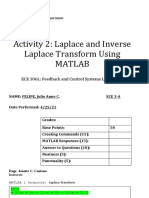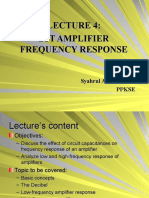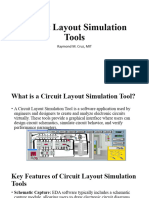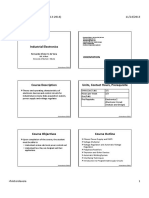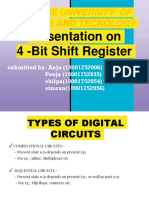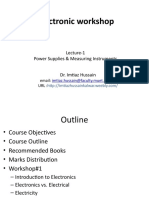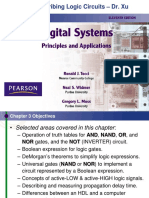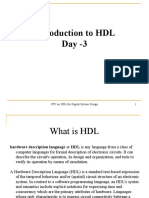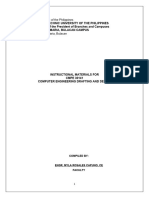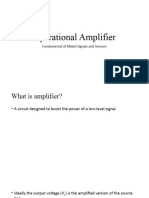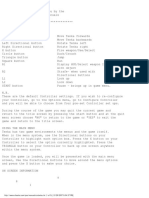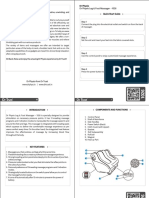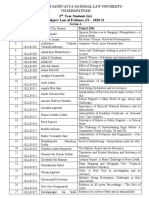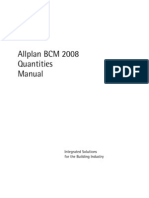0% found this document useful (0 votes)
73 views21 pagesBasic Control Devices
The document provides an overview of control devices used in electrical and electronic systems, categorizing them into manually operated, mechanically operated, electromechanical, and solid-state devices. Each category is described with examples and their advantages and disadvantages, highlighting their roles in automation and industrial processes. The emphasis is on how these devices manage the flow of electricity to ensure efficient and safe operation of machinery and systems.
Uploaded by
Kurtdan AlcazarCopyright
© © All Rights Reserved
We take content rights seriously. If you suspect this is your content, claim it here.
Available Formats
Download as PPTX, PDF, TXT or read online on Scribd
0% found this document useful (0 votes)
73 views21 pagesBasic Control Devices
The document provides an overview of control devices used in electrical and electronic systems, categorizing them into manually operated, mechanically operated, electromechanical, and solid-state devices. Each category is described with examples and their advantages and disadvantages, highlighting their roles in automation and industrial processes. The emphasis is on how these devices manage the flow of electricity to ensure efficient and safe operation of machinery and systems.
Uploaded by
Kurtdan AlcazarCopyright
© © All Rights Reserved
We take content rights seriously. If you suspect this is your content, claim it here.
Available Formats
Download as PPTX, PDF, TXT or read online on Scribd
/ 21

